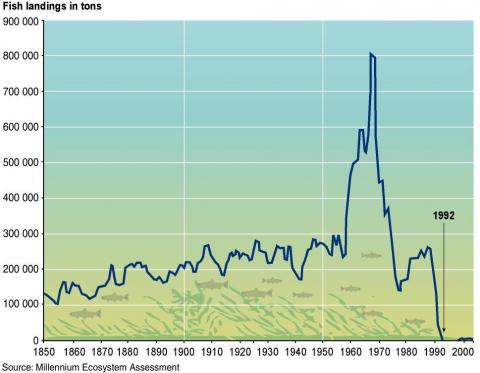hobbsyoyo
Deity
- Joined
- Jul 13, 2012
- Messages
- 26,575
Moving the Earth is just about impossible.Yeah, the habitable zone of the sun moves.
We are meanwhile on the edge of that zone, soon to leave it, and over time the sun will evaporate earth and later the sun will be a red giant and engulfe the earth.
But no need for doom thinking here
We can move the earth to higher orbits and follow the habitable zone
and before the sun becomes a red giant we can relocate the earth to another solar system with a sun that lives longer because it is smaller.
Moving the earth by the same "collision-gravitational pull" technique used to shoot our interstellar satellites into deep space with Jupiter.
For the earth we can use meteors for that https://www.theguardian.com/environment/2001/jun/10/globalwarming.climatechange
the nicety of this method is that we can finetune to the optimal location in the habitable zone also taking in account climate changes.
Travelling as a nomad planet to another solar system will take a long time, but because it will take tens of billions of years before our molten core cools down we only have to dig in.
"The main factor slowing down the cooling is radioactive decay of long living atoms, namely Uranium-238, Uranium-235, Thorium-232, and Potassium-40, with half-lives of roughly 4.47 billion years, 704 million years, 14.1 billion years, and 1.28 billion years, respectively. From the half-lives of these isotopes and a comparison with the age of Earth, you can see that internal heat production via radioactive decay will likely persist at near current levels for quite some time to come. Verhoogen gives 5000 K as the core temperature now, and a 250 K cooling since the formation of the Solar System, 4.5 billion years ago. If it really does cool at that rate (55 degrees per billion years), it would take something like 91 billion years to cool to 0 Kelvin"
It would be much easier, cheaper and faster to deploy sunshades to block as much light as needed to keep the Earth at a comfortable temperature. Even artificial alterations to the climate (terraforming to maintain the current equilibrium as the natural equilibrium shifts) would be far easier than moving the planet.




